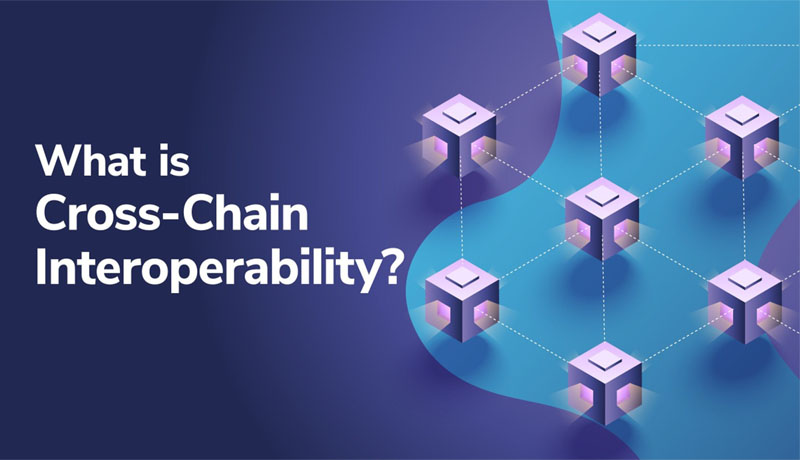
In the rapidly expanding universe of blockchain, a revolutionary concept is shaping the future: Cross-Chain Technology. Just as traditional bridges connect lands separated by water, cross-chain technology seeks to create seamless pathways between isolated blockchain networks. Let’s delve into the world of cross-chain technology and explore its transformative potential.
The Island Analogy: Blockchains in Isolation
Imagine blockchains as isolated islands, each with its unique ecosystem. From Bitcoin’s secure financial fortress to Ethereum’s versatile landscape of smart contracts, these islands offer different environments. However, being isolated, they lack a direct way to communicate or exchange value.
The Need for Interoperability
As blockchain networks proliferate, so does the need for these networks to interact and transact seamlessly. For instance, a smart contract on the Ethereum blockchain might need to trigger a payment in Bitcoin. The lack of interoperability hinders the full potential of these diverse networks.
Enter Cross-Chain Technology
Cross-chain technology is like building bridges between these islands, allowing free movement and communication among them. It aims to enhance interoperability, enabling different blockchains to exchange information and value in a decentralized manner without the need for intermediaries.
How Does Cross-Chain Work?
Cross-chain technology can be implemented in several ways:
1. Atomic Swaps:
- Peer-to-Peer Exchanges: Atomic swaps allow users to exchange cryptocurrencies from different blockchains securely without using centralized exchanges.
- Time-Locked Contracts: These use cryptographic hash functions and time-locked contracts to ensure a fair exchange.
2. Blockchain Relays:
- Gateway to Information: Relays are smart contracts that receive and verify information from one blockchain and then relay it to another.
- Example: The BTC Relay is an Ethereum contract that stores Bitcoin block headers, allowing Ethereum DApps to verify Bitcoin transactions.
3. Wrapped Tokens and Pegged Assets:
- Tokenized Representation: Assets like Bitcoin can be represented on another blockchain using tokens, e.g., Wrapped Bitcoin (WBTC) on the Ethereum blockchain.
- Collateralized and Trustless: These tokens are backed 1:1 with the original asset and can be redeemed at any time.
4. Interoperable Platforms:
- Unified Framework: Platforms like Polkadot and Cosmos aim to create a network of blockchains where different chains can communicate and transact seamlessly.
- Shared Security: These platforms often provide security to all connected blockchains.
The Potential Impact
- Unleashing Synergy: Cross-chain technology enables different blockchains to work in tandem, magnifying their individual capabilities.
- Boosting Innovation: By removing barriers between blockchains, cross-chain technology can lead to innovative applications and services that leverage the strengths of multiple blockchains.
- Enhancing Liquidity: Cross-chain solutions can unlock liquidity by making assets and data flow freely across different blockchain networks.
Challenges and Considerations
Despite its potential, cross-chain technology faces challenges such as ensuring security during inter-chain communication and dealing with different consensus mechanisms and transaction formats.
Conclusion: Toward a Cohesive Blockchain Universe
Cross-chain technology is a significant leap toward creating a cohesive and interconnected blockchain ecosystem. By building bridges between isolated islands of innovation, it paves the way for a future where blockchain networks can collaborate, innovate, and create value in ways previously unimaginable.






